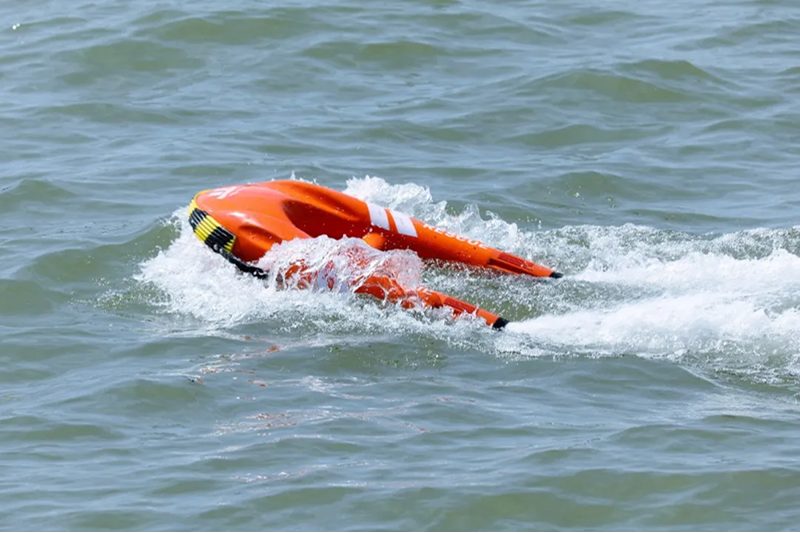How Battery Life Determines Range and Underwater Endurance
The battery in a water scooter basically determines how far it can go and how long someone can stay submerged. When talking about power sources, those big lithium-ion batteries with capacities between 40 to 60 amp hours let users enjoy longer dives lasting around 60 to 90 minutes when moving at normal speeds. On the flip side, the smaller nickel metal hydride batteries rated at 20 to 30 amp hours just don't last as long, typically giving about half that time before needing a recharge. What's interesting though is that newer 48 volt systems actually hold onto about three quarters of their power efficiency even when operating down at 15 meters deep, which means they keep performing pretty consistently no matter what kind of underwater environment divers find themselves in.
Lithium ion vs. NiMH: Comparing Efficiency and Charging Times
Lithium ion has pretty much taken over the market for modern water scooters thanks to much faster charging times. Most lithium packs can be fully charged in about 2 hours while older NiMH batteries take anywhere from 6 to 8 hours. And when it comes to energy storage, lithium delivers roughly twice or even three times what NiMH can manage. Sure, they cost around 40% more upfront, but these batteries tend to stick around for way longer. We're talking about 1,000 plus charge cycles before needing replacement, which beats out NiMH's 300 to 500 cycle lifespan by a long shot. Another big plus is how well they hold their charge over time. Lithium batteries lose less than 5% of their capacity each year, whereas NiMH units typically degrade at a rate of 15% to 20% annually.
Maximizing Performance: Balancing Power and Energy Consumption
The newer models incorporate something called dynamic power modulation that cuts down on motor usage by around 20 to 40 percent when just cruising along steadily, which helps stretch out battery life quite a bit. There are these dual speed triggers too that allow riders to toggle between full blast acceleration at 100% power and a more conservative riding mode that runs at about 55 to 70% of maximum output. Getting the most out of these scooters really depends on matching up the thrust ratio to what kind of diving conditions someone typically encounters. Shallow reef explorations generally work well with power levels between 30 and 60 watts per kilogram, but those heading into caves or areas with strong currents will need much more punch, somewhere in the 80 to 100 watts per kg range to handle those tougher situations effectively.
Depth Rating, Durability, and Waterproof Construction
Understanding Depth Ratings for Safe Diving Environments
The depth ratings on water scooters basically tell us what's considered safe for operation, though recreational models generally handle depths between about 30 to 100 meters (roughly 98 to 328 feet). Going beyond those numbers can lead to serious problems like housing collapse under water pressure, which happens to be one of the main reasons why so many underwater propulsion devices end up damaged after dives. According to some recent reports from 2023 looking at dive gear failures, this issue keeps coming up again and again. When choosing a scooter, it really pays off to check if its rating matches where we usually dive. Saltwater environments bring their own challenges too since buoyancy affects how stable and controllable the device feels underwater.
IP and Waterproof Standards for Reliable Water Scooter Operation
The IP (Ingress Protection) standards established by the International Electrotechnical Commission classify water resistance levels:
-
IP67: Withstands 1-meter submersion for 30 minutes——ideal for surface snorkeling
-
IP68: Rated for continuous immersion up to 1.5 meters, suitable for recreational scuba diving
Top manufacturers enhance these ratings with pressure-equalization valves to prevent seal deformation during rapid ascents or descents.
Corrosion Resistant Materials and Rugged Build Quality
The best quality water scooters are built with marine grade aluminum alloys and 316L stainless steel components. These materials stand up against saltwater corrosion about three times better than regular materials according to those accelerated aging tests we all hear about. The reinforced polymer thrusters don't expand or contract much when temperatures fluctuate between 20 degrees Celsius and 40 degrees Celsius. That stability matters a lot because thermal expansion issues actually cause around two thirds of all motor failures according to last year's Marine Engineering Journal findings. Pretty significant problem if you ask me.
Portability, Weight Capacity, and User Suitability
Matching Water Scooters to User Size, Skill Level, and Intended Use
Picking out a good water scooter really comes down to how big someone is, what kind of experience they have, and what they want to do underwater. Most basic scooters work fine for folks around 250 pounds or so, but those serious tech divers who carry all sorts of extra stuff need something that can handle heavier weights without struggling. Newbies usually find it easier when the scooter stays neutrally buoyant and doesn't require too much fiddling with controls. On the flip side, experienced divers often look for machines where they can tweak the power output and adjust how deep they go depending on conditions. Some even prefer models that let them swap parts or upgrade components as their skills grow over time.
Recreational vs. Technical Diving: Choosing the Right Model
Recreational water scooters emphasize portability and ease of use, offering average speeds of 3——4 mph ideal for snorkeling or light reef exploration. In contrast, technical models are built for cave or deep-sea diving, featuring reinforced frames, extended battery life, and integrated pressure sensors capable of handling depths beyond 130 ft.
Compact vs. Full Size Designs: Trade offs in Transport and Performance
The smaller models that tip the scales at around 15 pounds or less are great for carrying around and moving quickly through shallow waters, although they tend to last only about an hour to ninety minutes before needing a recharge. Bigger versions can keep going past two hours straight and pack more power against tough currents, but folks need proper space to store them since they take up more room. Most top brands have worked hard on making sure their grip areas feel comfortable in hand while still allowing divers to twist and turn easily beneath the surface without getting stuck.
Safety Features and Buoyancy Control
Essential Safety Mechanisms: Emergency Shutoffs and Tether Cords
When it comes to safety, manufacturers have built in some pretty important features. Take those automatic emergency shut off systems for instance. They kick in right away if something goes wrong with overheating, water getting where it shouldn't, or if there's any kind of impact. Most technical models come with tether cords too, actually around 8 out of 10 devices have them. These cords are made so they'll cut power as soon as they get disconnected, which can be lifesaving when someone gets tangled up or caught in unexpected underwater currents. A recent study from 2024 looking at recreational diving safety showed something interesting. Novice divers using equipment with these safety features faced nearly half the risk compared to those relying on cordless options. Makes sense really, because having those fail safes just gives peace of mind everyone needs when exploring underwater worlds.
Buoyancy Options: Neutral, Positive, and Negative Floatation
Having adjustable buoyancy makes all the difference when it comes to different kinds of diving. When divers achieve neutral buoyancy, their body stays balanced in the water which is great for moving around reefs without disturbing anything. Positive buoyancy means the diving scooter will float if let go, something that really matters for people who just want to snorkel on the surface. For those going deeper than 30 meters though, negative buoyancy becomes important as it counteracts the weight of all that extra equipment. According to last year's global standards report on diving gear, about 9 out of 10 accidents happen because divers didn't set their buoyancy right. That shows why getting this setup correct isn't just nice to have but absolutely essential safety-wise.
Fail Safe Design and Usability for Divers of All Experience Levels
The best models come equipped with two separate battery cutoff systems plus pressure sensors that automatically adjust speed based on depth changes. For beginners, manufacturers have added simple controls with colors showing what's going on green means everything is safe, red means time to surface. Some high end gear goes even further with automatic ascent features that kick in once batteries drop below 10%. According to Divers Alert Network data from last year, this actually cuts down on drowning incidents by around three quarters. What makes these devices so reliable across different experience levels isn't just about fancy tech it's how easy they are to understand and operate without constant monitoring.
Price, Warranty, and Long Term Value of Water Scooters
Evaluating Cost vs. Value Across Entry Level to Premium Models
Water scooters generally come in three different price ranges that tell us quite a bit about how durable they are and what kind of performance we can expect. At the lower end of the market, stuff under five hundred bucks works fine for people who just want to play around occasionally. But honestly, these budget models don't tend to last very long either - maybe one or two seasons at most because they're built with cheap parts like tiny batteries and flimsy plastic casings. Moving up to mid priced options between five hundred and fifteen hundred dollars brings some real improvements. These usually feature aluminum frames instead of plastic, give us much better battery life, and will typically stick around for two to four years before needing replacement. Great choice if someone plans on using their scooter regularly. Then there are the top shelf machines costing over fifteen hundred dollars. These premium devices boast things like titanium bodies, sophisticated battery systems that keep going longer, and they perform reliably even when conditions get rough. Most folks find that despite the bigger upfront investment, spending extra money on a quality scooter actually pays off over time since these high end models require far less maintenance and simply last longer overall.
Warranty Coverage and Brand Reputation
The length of a warranty often tells us something about how confident the manufacturer feels about their product. Most budget scooters tend to have warranties lasting between six and twelve months, though these typically don't cover normal battery degradation over time. When we look at premium brands, they generally provide much better coverage - around two years total - which includes things like motor problems, issues with waterproofing, and even covers when batteries drop below 80% capacity during those first eighteen months of ownership. According to recent market research, about seven out of ten customers actually care quite a bit about battery coverage specifically. Why? Because replacing a scooter battery isn't cheap at all. Many people find themselves paying roughly thirty percent or sometimes even more than what they originally paid for the whole scooter just to get a new battery installed later on down the road.


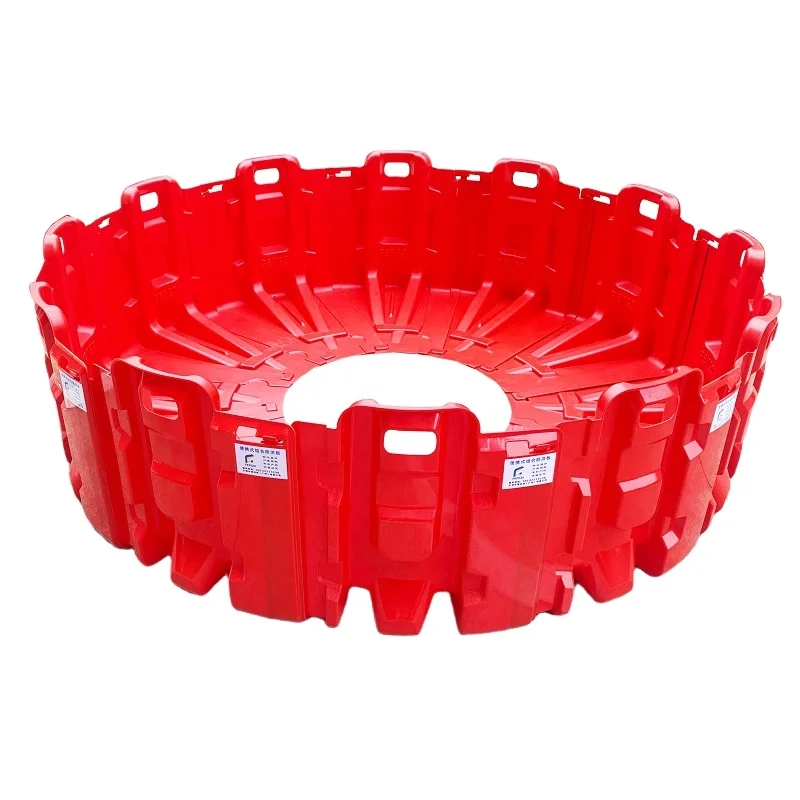
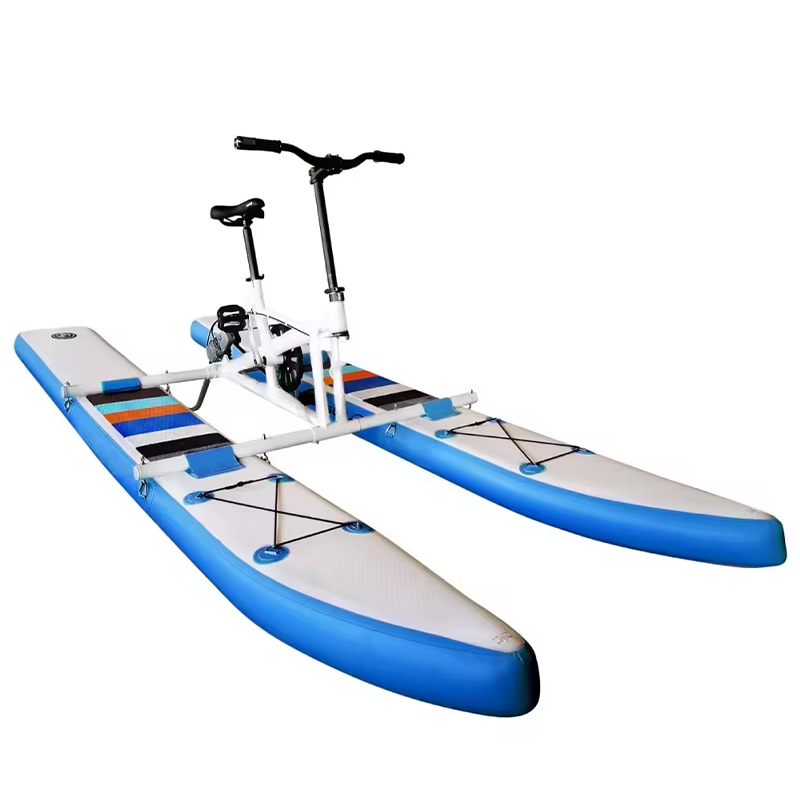
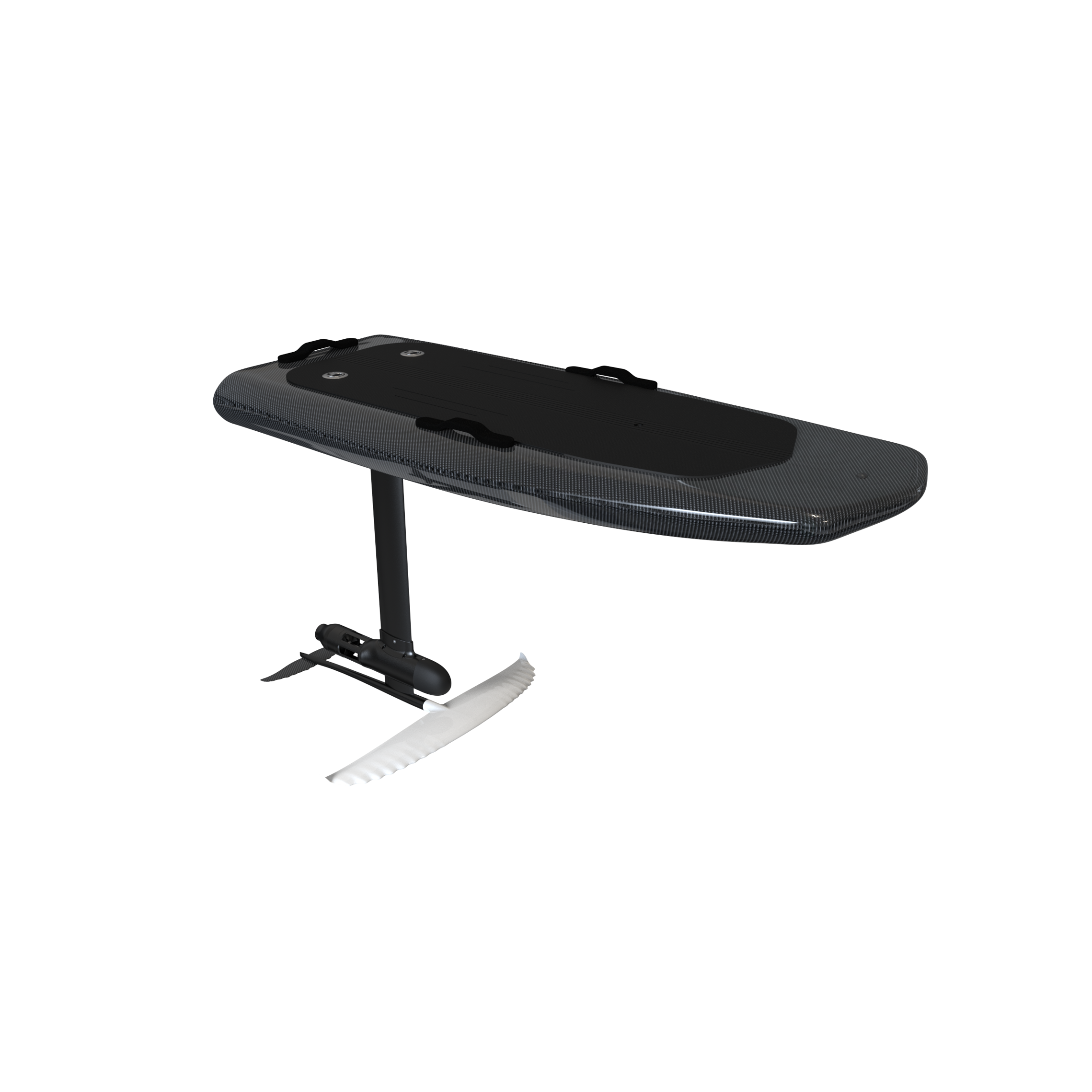
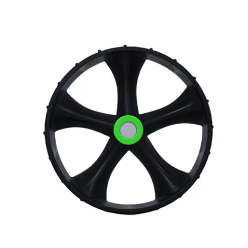
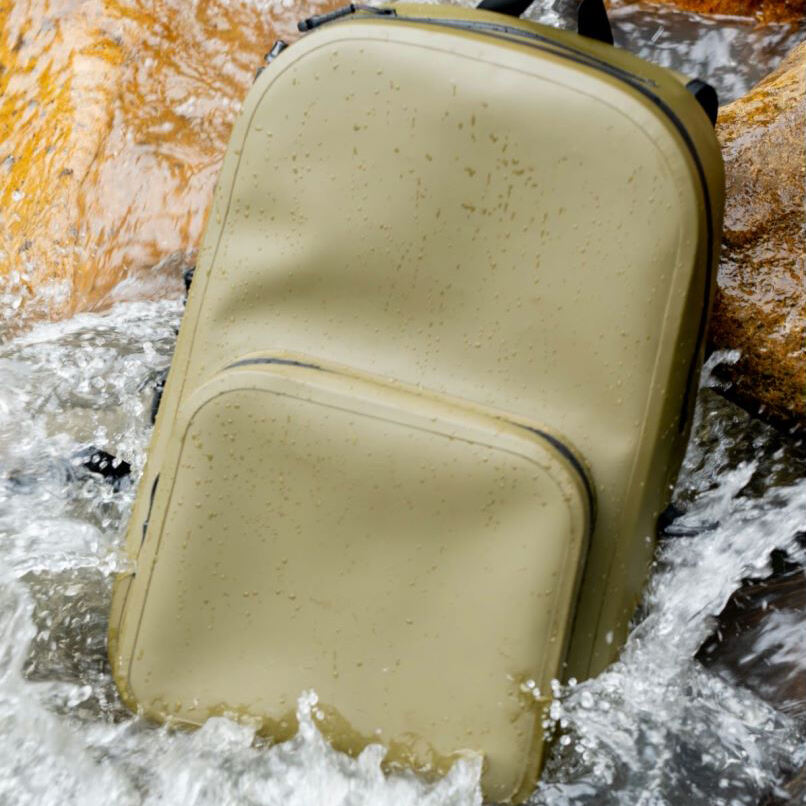
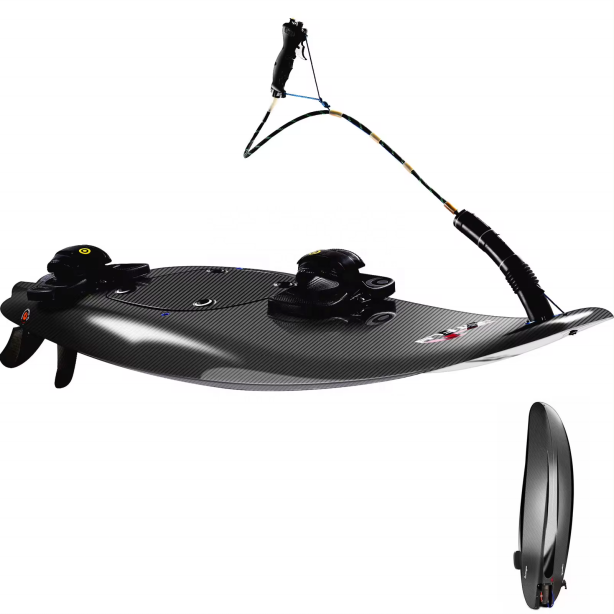
 Hot News
Hot News